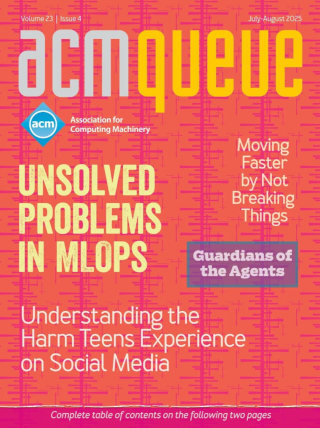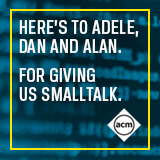
Outsourcing Responsibility:
What do you do when your debugger fails you?
Dear KV, I’ve been assigned to help with a new project and have been looking over the admittedly skimpy documentation the team has placed on the internal wiki. I spent a day or so staring at what seemed to be a long list of open-source projects that they intend to integrate into the system they have been building, but I couldn’t find where their original work was described. I asked one of the project team members where I might find that documentation and was told that there really isn’t much that they need to document, because all the features they need are available in various projects on github.
Undergraduate Software Engineering: Addressing the Needs of Professional Software Development:
Addressing the Needs of Professional Software Development
In the fall semester of 1996 RIT (Rochester Institute of Technology) launched the first undergraduate software engineering program in the United States. The culmination of five years of planning, development, and review, the program was designed from the outset to prepare graduates for professional positions in commercial and industrial software development.
Quality Software Costs Money - Heartbleed Was Free:
How to generate funding for FOSS
The world runs on free and open-source software, FOSS for short, and to some degree it has predictably infiltrated just about any software-based product anywhere in the world.
Bringing Arbitrary Compute to Authoritative Data:
Many disparate use cases can be satisfied with a single storage system.
While the term ’big data’ is vague enough to have lost much of its meaning, today’s storage systems are growing more quickly and managing more data than ever before. Consumer devices generate large numbers of photos, videos, and other large digital assets. Machines are rapidly catching up to humans in data generation through extensive recording of system logs and metrics, as well as applications such as video capture and genome sequencing. Large data sets are now commonplace, and people increasingly want to run sophisticated analyses on the data. In this article, ’big data’ refers to a corpus of data large enough to benefit significantly from parallel computation across a fleet of systems, where the efficient orchestration of the computation is itself a considerable challenge.



